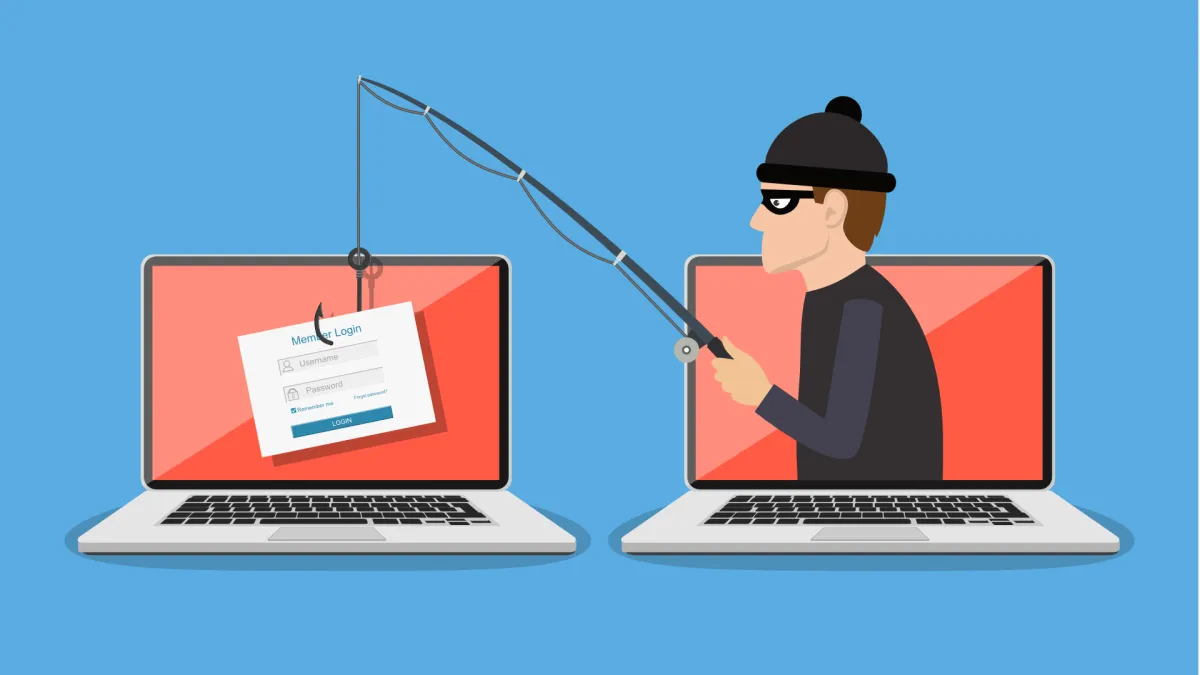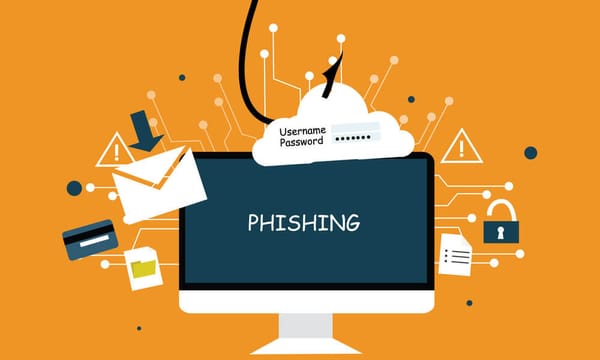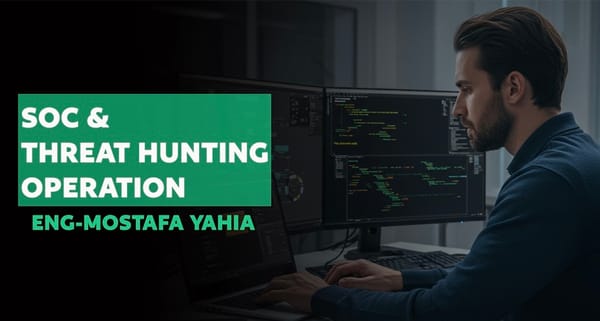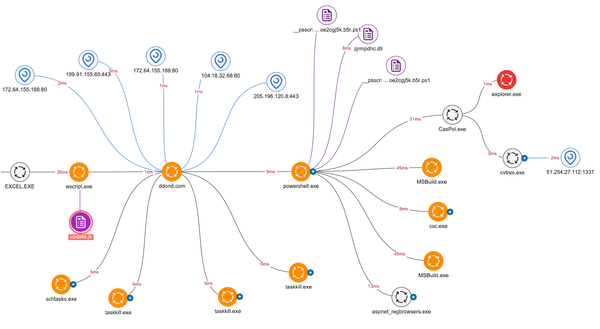Phishing Simulation: Mastering Spear Phishing and Mass Phishing Techniques

Disclaimer
This article is intended solely for educational purposes. The techniques described here should only be tested in controlled and authorized environments. Unauthorized use of these methods is illegal and unethical. Always adhere to legal and ethical guidelines when conducting security simulations.
Phishing remains one of the most prevalent attack vectors in cybersecurity. Whether targeting individuals through Spear Phishing or launching large-scale campaigns with Mass Phishing, attackers continue to exploit human vulnerabilities.
Phishing simulations are essential for organizations to gauge their employees' awareness and resilience against social engineering attacks. In this article, we’ll explore both Spear Phishing and Mass Phishing techniques, explain how to simulate these attacks for training purposes, and provide best practices to reduce exposure.
What is Phishing?
Keyword: What is Phishing
Phishing is a cyberattack technique where attackers impersonate a trustworthy entity to deceive users into providing sensitive information, such as login credentials or financial data. Attackers commonly use emails, SMS, social media, and fake websites to execute their attacks.
Phishing can take several forms:
- Mass Phishing: Sending generic phishing messages to a large audience.
- Spear Phishing: Targeting specific individuals or groups with highly personalized messages.
- Whaling: Focusing on high-profile targets like executives or managers.
- Clone Phishing: Replicating legitimate emails with slight alterations.
Spear Phishing vs. Mass Phishing
Keyword: Spear Phishing vs Mass Phishing
Understanding the difference between Spear Phishing and Mass Phishing is crucial when simulating attacks for training purposes.
Spear Phishing:
- Targeted Attack: Directed at a specific individual or small group.
- High Level of Personalization: Uses personal details to appear more convincing.
- Objective: Obtain sensitive data or initiate financial transactions.
- Example: Sending a fake email to an executive that mimics a legitimate business partner, requesting a wire transfer.
Mass Phishing:
- Wide Distribution: Targets a large audience with generic content.
- Minimal Personalization: Uses common themes like package delivery or account issues.
- Objective: Capture login credentials or financial details from as many users as possible.
- Example: An email claiming to be from a popular e-commerce platform, asking users to verify their account.
Phishing Simulation: Why and How?
Keyword: Phishing Simulation Techniques
Simulating phishing attacks within an organization helps:
- Identify Vulnerable Employees: Measure awareness and readiness.
- Enhance Cybersecurity Training: Educate staff on recognizing phishing attempts.
- Reduce Attack Surface: Strengthen the human element in the security chain.
- Assess Response Time: Evaluate how quickly incidents are reported.
Steps to Perform a Phishing Simulation:
- Define the Objectives: Identify whether the focus is on spear phishing, mass phishing, or both.
- Select the Tools: Use platforms like GoPhish, PhishMe, or Social Engineering Toolkit (SET).
- Craft Realistic Scenarios: Mimic real-world threats with convincing content.
- Deploy the Simulation: Send phishing emails to the selected group.
- Monitor and Analyze Results: Track metrics such as click rates and credential submissions.
- Provide Immediate Training: Educate employees who fall victim to the simulation.
Example 1: Spear Phishing Simulation
Keyword: Spear Phishing Simulation
In a spear phishing simulation, the goal is to test the awareness of high-profile employees or those with access to sensitive data.
Scenario:
Target: Finance Department
Attack Vector: Fake Invoice Email
Content:
Subject: Urgent: Outstanding Invoice #45231
Body: Dear [Employee Name],
Please find attached the invoice for the recent transaction. Kindly review and process the payment at your earliest convenience.
Best regards,
[Fake Supplier Name]
How to Execute:
- Customize the Email: Use real names and roles to make it convincing.
- Track Interactions: Measure click rates, attachment downloads, and login attempts.
- Analyze Responses: Identify who reported the email and who fell victim.
Example 2: Mass Phishing Simulation
Keyword: Mass Phishing Simulation
In mass phishing simulations, the objective is to test a broader audience to understand general awareness levels.
Scenario:
Target: Entire Organization
Attack Vector: Fake Password Reset Email
Content:
Subject: Urgent: Password Expiry Notification
Body: Your account password will expire in 24 hours. Click the link below to reset your password.
[Fake Reset Link]
Failure to do so may result in account suspension.
Execution:
- Broadcast the Email: Target as many users as possible.
- Monitor Click Rates: Track how many users interacted with the link.
- Follow Up with Training: Educate employees on recognizing fake password alerts.
Tools for Phishing Simulations
- GoPhish: An open-source phishing simulation framework.
- PhishMe: Comprehensive phishing awareness training and reporting.
- Social Engineering Toolkit (SET): Powerful tool for crafting phishing campaigns.
- King Phisher: Phishing campaign management tool.
- Evilginx2: Advanced phishing and man-in-the-middle attack framework.
Best Practices for Phishing Simulations
Keyword: Best Practices for Phishing Simulations
- Gain Proper Authorization: Always obtain consent before conducting simulations.
- Educate Before Testing: Inform employees about the importance of phishing awareness.
- Respect Privacy: Avoid using real personal information without consent.
- Provide Immediate Feedback: Educate those who clicked on phishing links right after the test.
- Measure and Report: Analyze the results to improve training and awareness programs.
Mitigation Techniques Against Phishing
- Multi-Factor Authentication (MFA): Adds an additional layer of security.
- Email Filtering: Use advanced spam filters to detect phishing attempts.
- User Training: Regularly educate employees on recognizing phishing signals.
- Incident Response Plan: Have a clear protocol for reporting suspected phishing attempts.
- Threat Intelligence Integration: Keep up-to-date with new phishing tactics and trends.
Conclusion
Phishing simulations are a vital part of modern cybersecurity strategies. By understanding both spear phishing and mass phishing techniques, organizations can enhance their defenses and reduce the risk of successful attacks. Implementing regular simulations and educating employees on recognizing phishing signs is essential to building a resilient cybersecurity culture.




